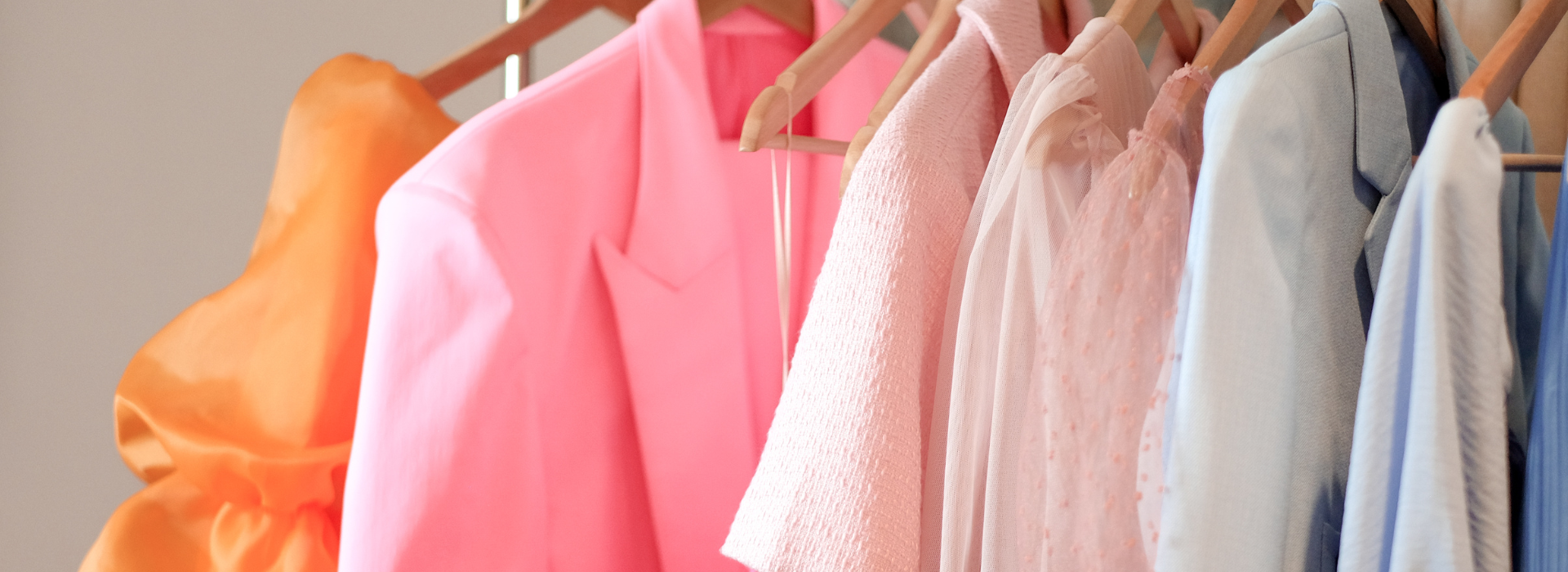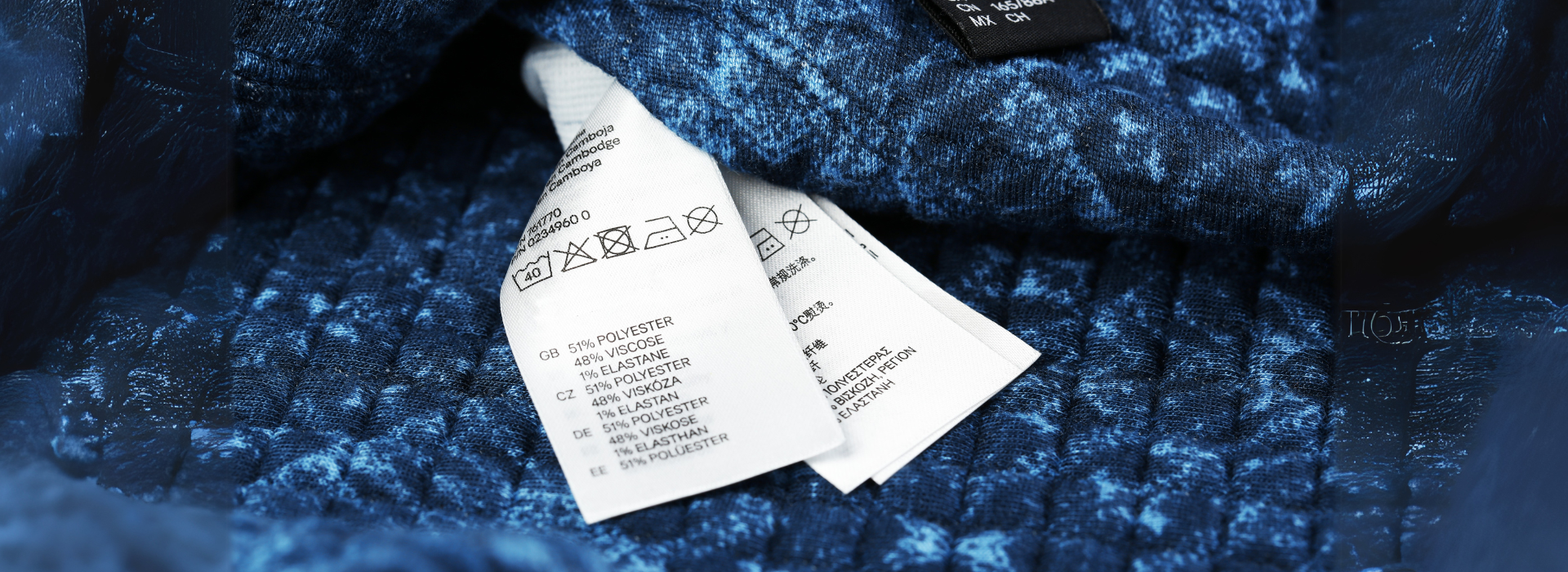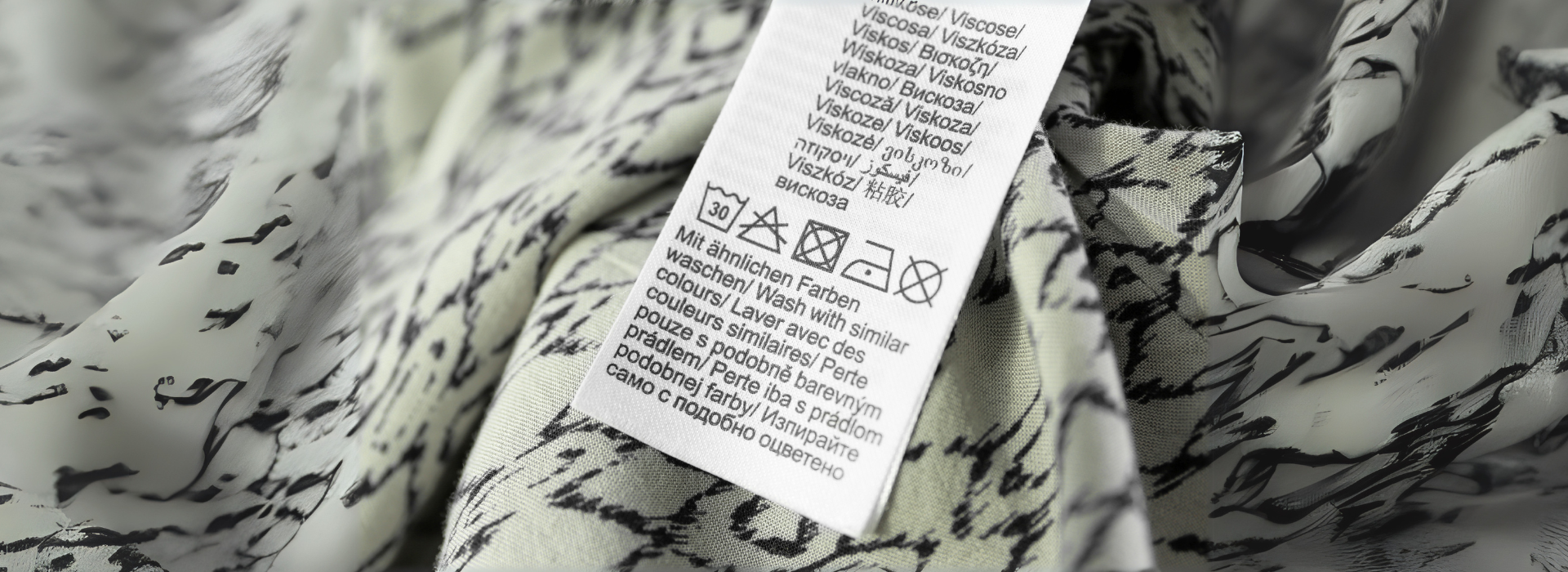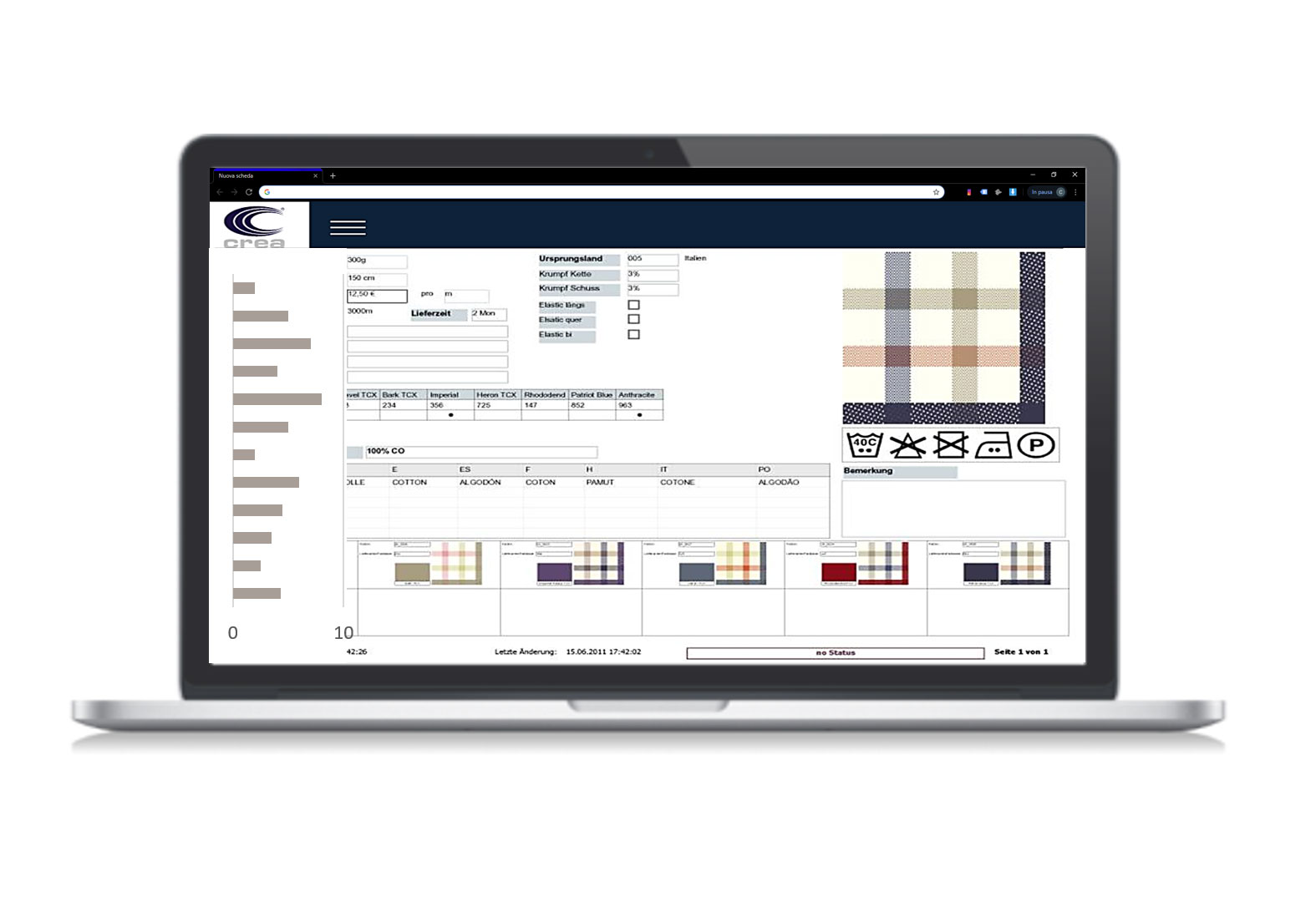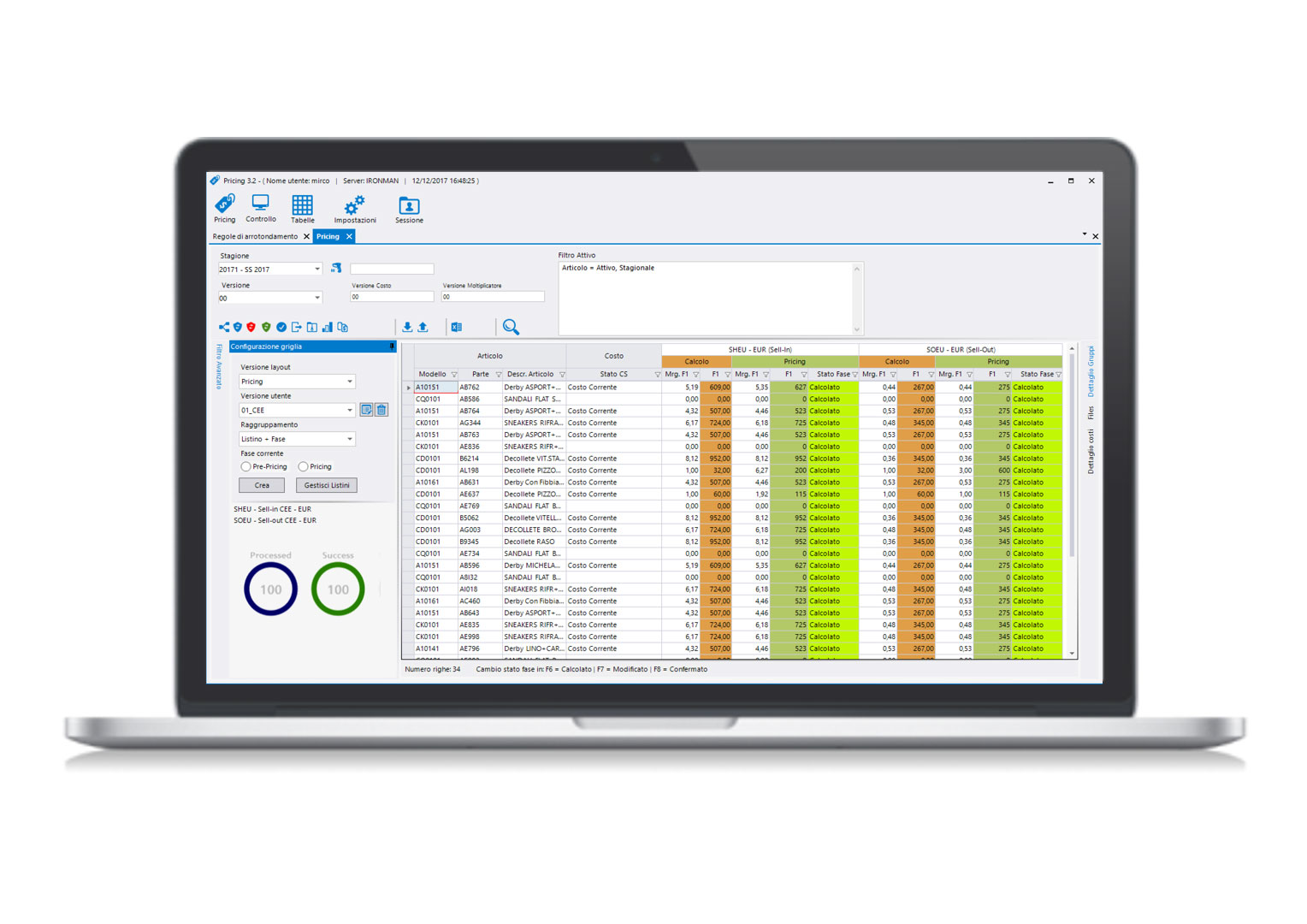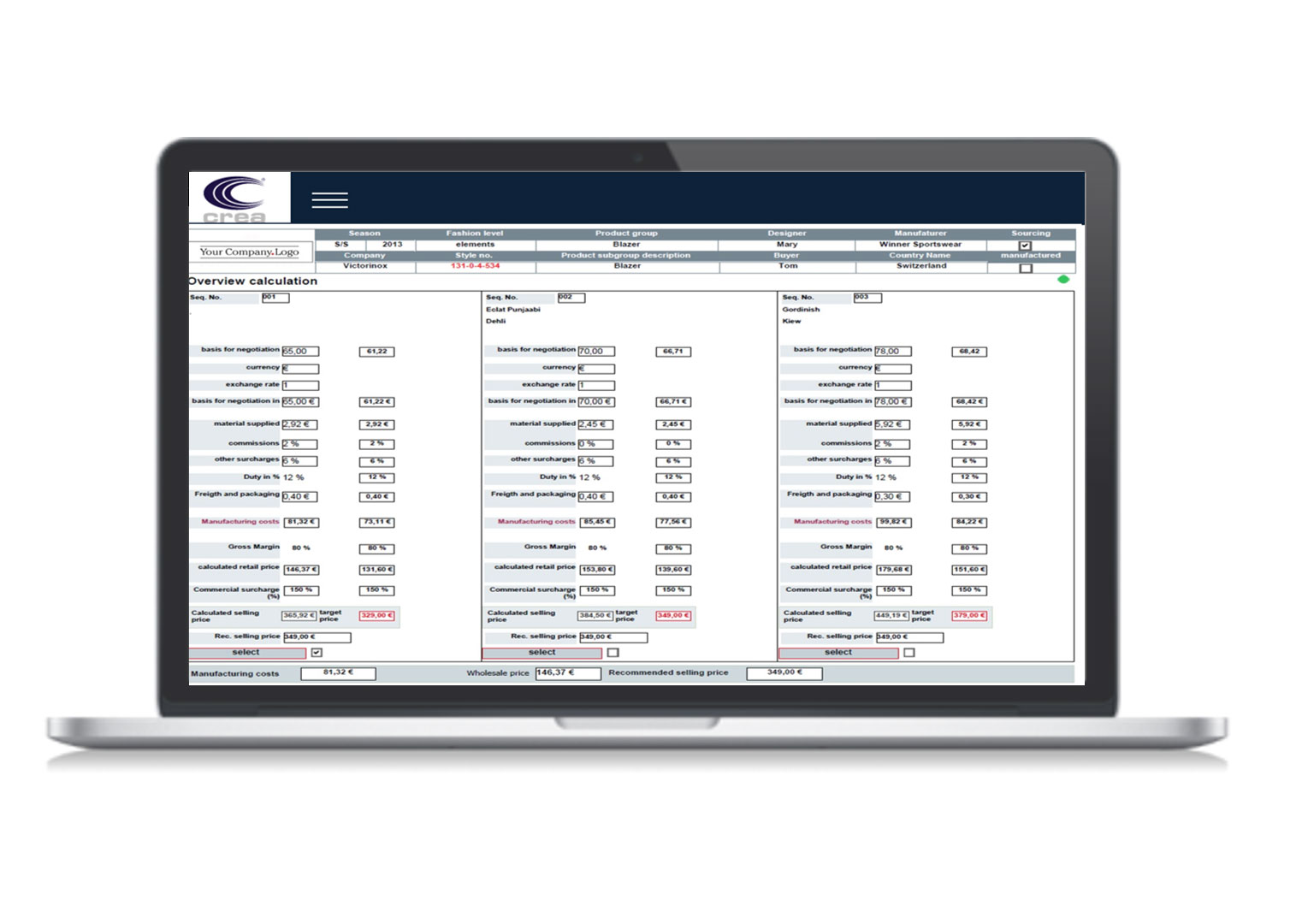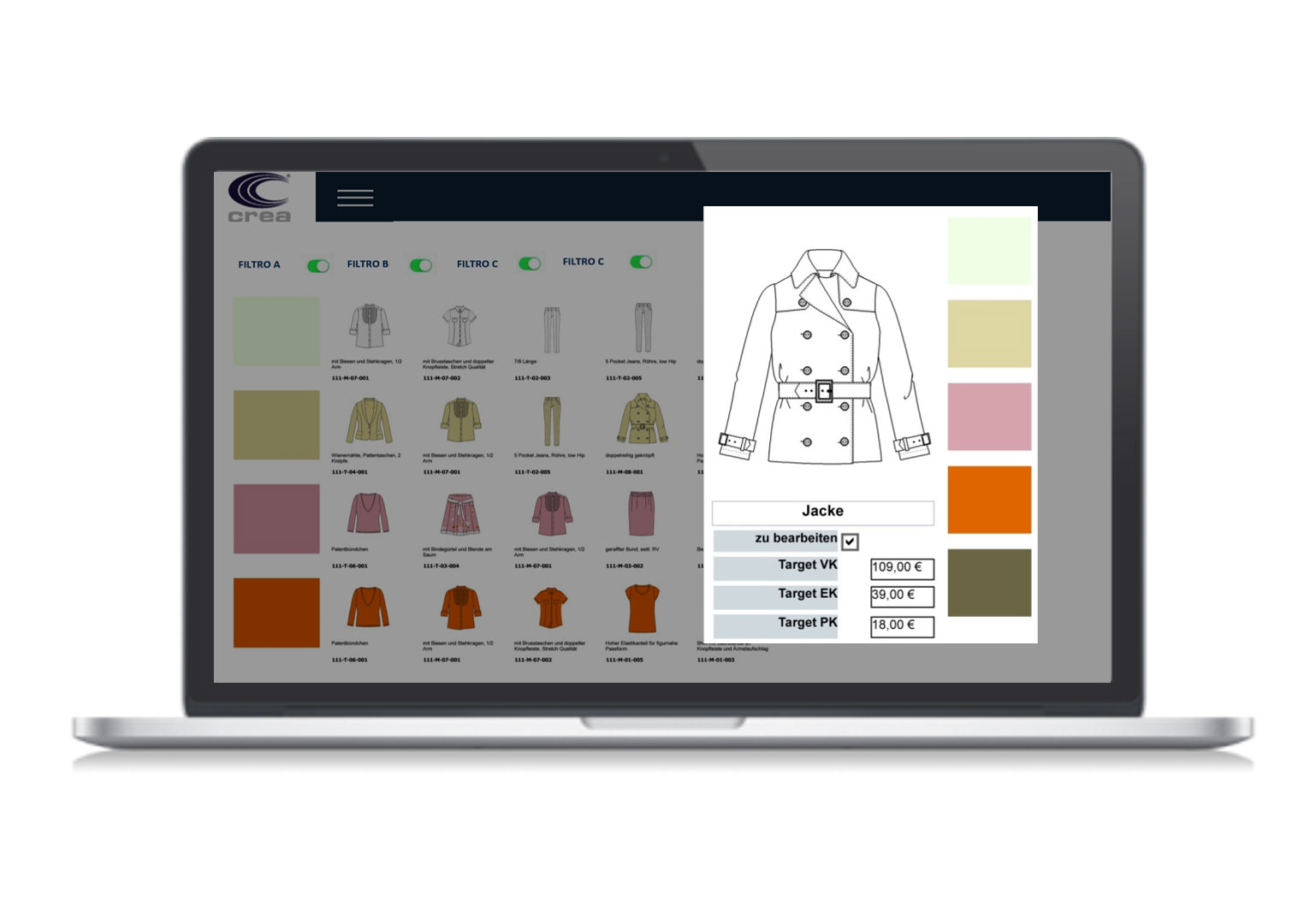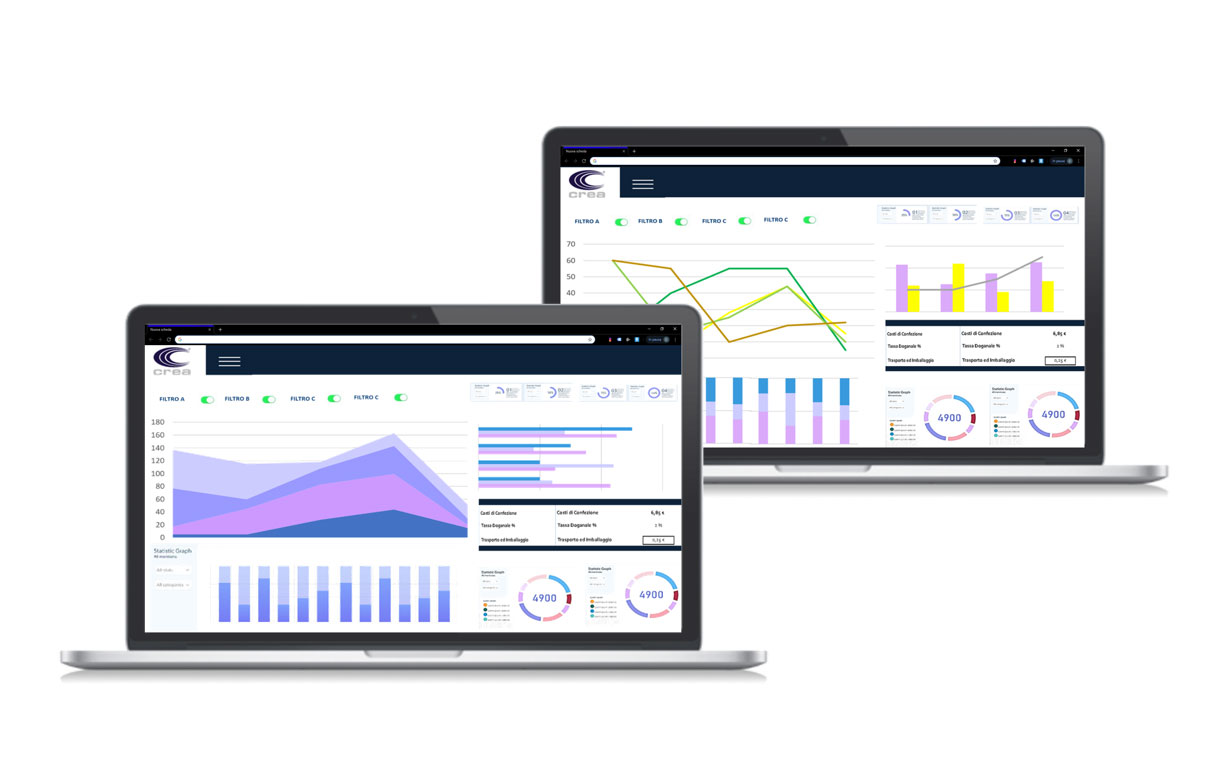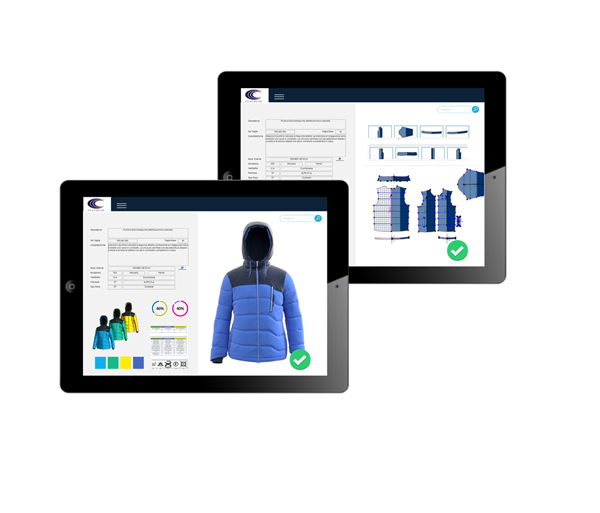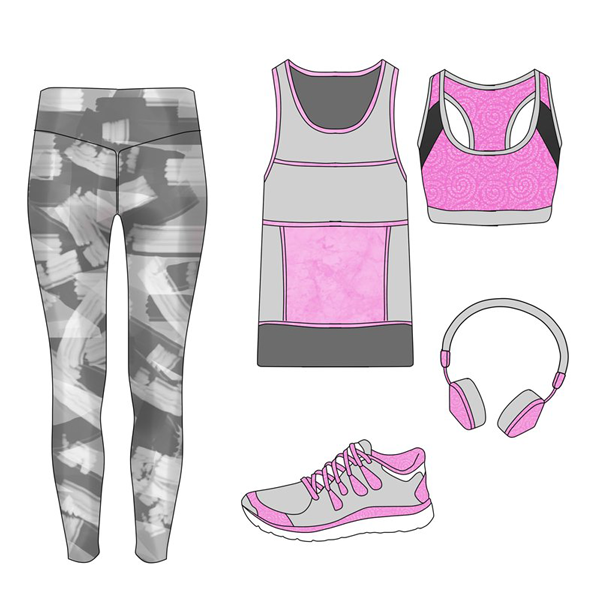Fabric Composition Table: What It Is and How to Read It
The fabric composition table is an essential element to consider when purchasing clothing and other textile products. Understanding fabric composition not only allows us to select garments that meet our needs but also helps us take care of our clothes properly. In this article, we will explain what a fabric composition table is, how to read it, and why it’s important to pay attention to this information.
What Is a Fabric Composition Table?
The fabric composition table is a label found on every piece of clothing and textile product. It indicates the percentage of each material used in the fabric, which can be natural, synthetic, or a blend of both. For example, you might find a composition such as “80% cotton, 20% polyester.” This information is crucial for understanding the quality of the material and its durability over time.
But that’s not all—the fabric composition table also provides care instructions (such as washing and ironing guidelines), which are extremely useful for keeping your clothes in great condition.
Why Is It Important to Read the Fabric Composition Table?
Reading the fabric composition table correctly is essential for making informed choices. Here are some reasons why you should pay attention to fabric composition:
- Comfort and Breathability: Natural fabrics like cotton and linen are more breathable and comfortable on the skin compared to synthetics like polyester. If you have sensitive skin or allergies, knowing what your garment is made of is crucial.
- Durability: Some materials are more resistant and last longer. For example, polyester is known for its durability, while silk is very delicate.
- Maintenance: The fabric composition table also includes symbols indicating how to care for the garment. Some fabrics require delicate washing, while others can be machine-washed without issues.
- Sustainability: If you care about the environment, knowing which materials are natural or recycled helps you choose more eco-friendly clothing.
How to Read a Fabric Composition Table
The fabric composition table on a product is usually quite simple to read. Here are some tips to interpret it correctly:
- Material Percentages: The table shows the percentage of each material used in the product. For example, if a shirt is made of 80% cotton and 20% polyester, it will be written in this format.
- Natural vs. Synthetic Materials: Natural materials like cotton, wool, and silk are breathable and comfortable, while synthetic ones like polyester and nylon are more durable but less breathable. Knowing these details will help you choose the right product for your needs.
- Blended Materials: Many garments are made from a mix of materials, combining the benefits of different fabrics. For example, a cotton-polyester blend will be as soft as cotton but more durable thanks to polyester.
- Care Symbols: In addition to composition, the fabric composition table includes care symbols indicating how to wash and dry the garment. These standardized symbols help you avoid damaging your clothes.
The Most Common Materials Found in Fabric Composition Tables
Here are some of the most frequently found materials in fabric composition tables:
- Cotton: A natural, soft, and breathable material, ideal for summer. Easy to wash and maintain but tends to wrinkle easily.
- Polyester: A durable synthetic material that resists wrinkles and retains its shape. Often blended with cotton to improve the garment’s longevity.
- Wool: Great for winter clothing, wool is breathable and warm but requires more care than other fabrics.
- Nylon: A highly durable synthetic material used mainly for jackets and technical fabrics.
- Silk: A high-quality natural fabric that is soft and shiny. Perfect for elegant occasions but very delicate.
Fabric Composition Table: How to Choose the Right Product
When reading the fabric composition table, it’s important to consider how you’ll use the product. If you’re looking for comfortable everyday wear, a cotton-polyester blend might be ideal because it’s both durable and easy to maintain. If you need something more elegant, silk or linen could be better choices.
Seasonality also plays a role: for summer, lightweight fabrics like cotton are perfect, while wool is the best choice for winter to keep you warm without sacrificing style.
The fabric composition table is a valuable tool for making informed purchases and taking care of your clothes. Carefully reading the information on the label helps you choose materials that best suit your needs, ensuring comfort, durability, and ease of maintenance. Additionally, understanding fabric composition allows you to make more sustainable and environmentally friendly choices.
A PLM (Product Lifecycle Management) software for apparel simplifies the creation and management of fabric composition tables by centralizing material information, automating percentage calculations, and ensuring regulatory compliance. It helps track textile variations, link them to designs, and minimize errors, reducing update time for a more efficient and precise workflow.




